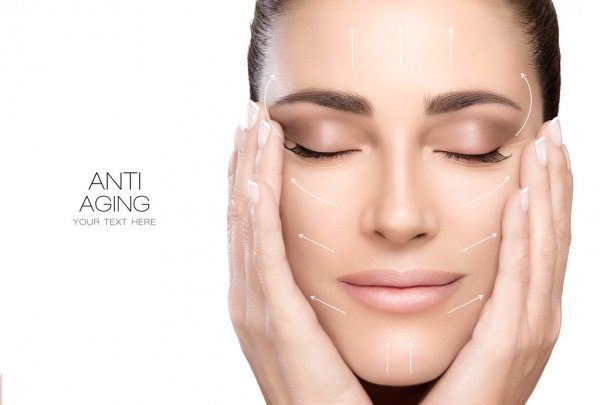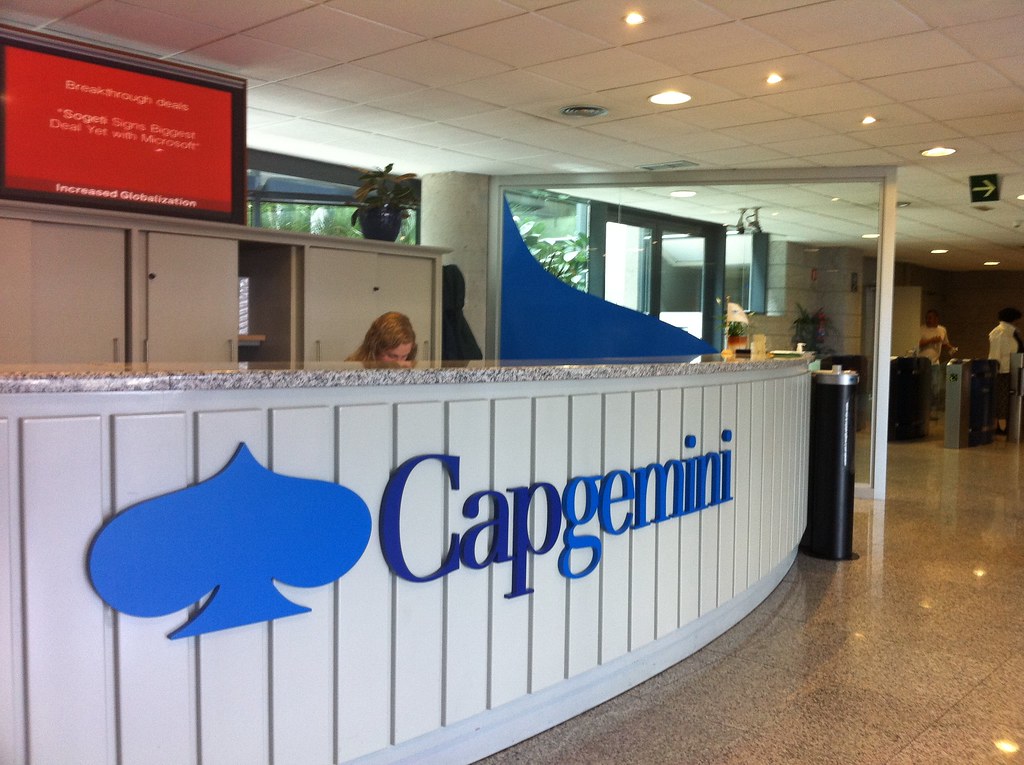The global anti-aging active ingredient market is forecast to grow with a CAGR of 7.2% from 2021 to 2026, according to the latest report from Reportlinker.com.
The report titled “Anti-Aging Active Ingredient Market Report: Trends, Forecast and Competitive Analysis” suggests that the future of the global anti-aging active ingredient market looks promising with bigger opportunities in the skin care and hair care applications.
The major drivers for this market are growing consumption of cosmetic products, increase in premature aging population, and growth in the skin care market.
An emerging trend, which has a direct impact on the dynamics of the industry, includes multifunctioning anti-aging ingredients, integration of alphabetic formulation in anti-aging products, and advanced nanotechnology for manufacturing of anti-aging products.
The study includes a trend and forecast for the global anti-aging active ingredients market by application, source, and region as follows:
By Application [Value ($ Billion) shipment analysis for 2015 – 2026]:
• Skin Care
• Hair Care
By Source [Value ($ Billion) shipment analysis for 2015 – 2026]:
• Natural
• Synthetic
By Region [Value ($ Billion) shipment analysis for 2015 – 2026]:
• North America
• United States
• Canada
• Mexico
• Europe
• Germany
• France
• Spain
• Italy
• Asia Pacific
• China
• India
• Japan
• Korea
• The Rest of the World
Some of the anti-aging ingredient companies profiled in this report include Adeka, Ashland, BASF, Clarient, and Croda.
The analyst forecasts that natural anti-aging active ingredients will remain the fastest growing over the forecast period due to the increasing demand for organic beauty products to avoid side effects of synthetic personal care products.
Within the anti-aging active ingredient market, skin care will remain the largest application and it is also expected to witness the highest growth during the forecast period due to increasing demand for organic skin related anti-aging cosmetic products.
Europe will remain the largest region over the forecast period due to high disposable income, increasing awareness on anti-aging products, and rising demand for organic skincare products.
Features of the Global Anti-Aging Active Ingredient Market
• Market Size Estimates: Global anti-aging active ingredients market size estimation in terms of value ($B) shipment.
• Trend and Forecast Analysis: Market trends (2015-2020) and forecast (2021-2026) by various segments.
• Segmentation Analysis: Global anti-aging active ingredients market size by various segments, such as application and source in terms of value.
• Regional Analysis: Global anti-aging active ingredients market breakdown by the North America, Europe, Asia Pacific, and Rest of the World.
• Growth Opportunities: Analysis of growth opportunities in different application, source, and regions for the global anti-aging active ingredients market.
• Strategic Analysis: This includes M&A, new product development, and competitive landscape of the global anti-aging ingredients market.
• Analysis of competitive intensity of the industry based on Porter’s Five Forces model.





